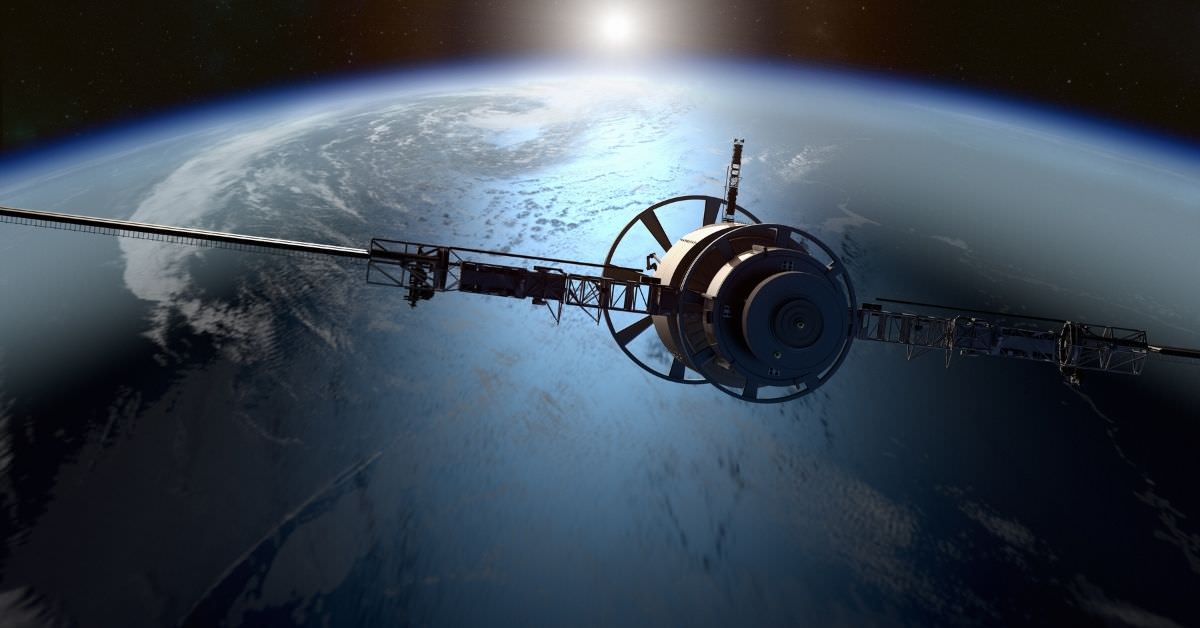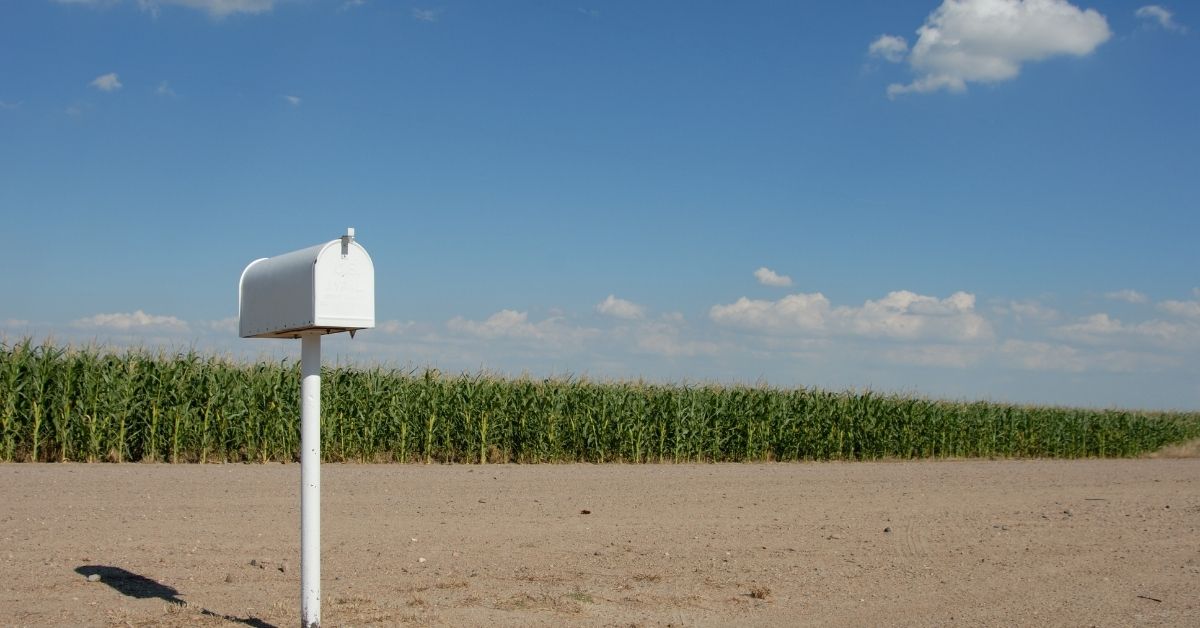
Spearheaded by world-renowned tech billionaire and SpaceX CEO Elon Musk, Starlink is a breakthrough in internet service.
Starlink has upgraded the internet with a first-of-its-kind satellite mesh network system providing connectivity to remote parts of the world. The system connects the world by bridging the digital divide between urban and rural communities.
Starlink download speeds perform just as well as broadband internet
Starlink is the giant leap in achieving internet coverage on a global scale. The project has ambitious goals of providing users with 10Gbps of download speed, an incredible feat for satellite internet. This means users could download multiple movies, at once, within seconds, while browsing in the bush.
According to an article by Ookla the currently download speeds average 100Mbps+. Although there is a way to go to reach their full potential, Starlink download speeds are performing just as well as most broadband internet connections. Also, connectivity speeds vary by territory, with downloads reaching up to 190Mbps in some US States.

While download speeds are competitive, Starlink has experienced a decrease in median upload speed, dropping from 13.54Mbps in Q3 2021 to 12.04 Mbps in Q4 2021. This speed falls short of the median upload speed compared to broadband, which climbed to 19.49Mbps in Q4 2021, up from 18.03Mbps.
Latency and Starlink competitors
The Starlink network provides users with very low latency. This means that customers using the web for online gaming and video streaming will enjoy these activities with few disruptions caused by lagging. In fact, Elon Musk said at the 2020 Satellite Conference in Washington, DC, that,
“We’re targeting latency below 20 milliseconds, so somebody could play a fast-response video game at a competitive level like that’s the threshold for the latency.”
In 2021 Starlink was the only satellite internet provider with a median latency that resembled anything close to broadband. In the fourth quarter, they achieved 40ms and 14ms, respectively. Their satellite internet competitors, SES, Viasat, and HughesNet, produced much higher latencies at 613ms, 627ms, and 725ms.
The number of satellites in orbit
As of May 2022, Starlink has reported that SpaceX has launched 2500 satellites into orbit. At total capacity, Starlink will harbour up to 30 000 satellites. The company will continue to launch satellites in a phased approach as they continue to manufacture around 45 satellites a week.
The benefits of Starlink internet connection
It’s not only the speed of connection that Starlink produces but also access for ‘hard-to-reach-users’ no matter their location.

The setup, according to Musk, is a two-step approach that can be done in any order. He says,
“It’s very important that you don’t need a specialist to install it. The goal is that… there’s just two instructions, and they can be done in either order: point at sky, plug in”.
Rural or urban, first-world or not, Starlink will not discriminate in its service delivery. Whether situated in Los Angeles or a small farming town in the Kalahari, internet speed will be consistent once Starlink is at optimal functionality. According to Starlink:
“Starlink is ideally suited for areas of the globe where connectivity has typically been a challenge. Unbounded by traditional ground infrastructure, Starlink can deliver high-speed broadband internet to locations where access has been unreliable or completely unavailable”.
Another benefit is not laying fibre cables in the hard-to-reach areas, which is costly and time-consuming. Starlink can be activated at the press of a button but is not conducive in highly populated areas due to bandwidth restrictions.
Bridging the digital divide
Starlink gives informal schools, and businesses access to internet speeds on par with urban counterparts. This is progress in bridging the digital divide and creating opportunities not previously available to lower-income areas. The only setback is the cost, but hopefully, as demand goes up, prices will come down.
Due to the rocket design by SpaceX, Starlink can launch many satellites into orbit using the same rocket. With takeoff and landing capabilities, SpaceX rockets repeatedly launch satellites into space. This saves time and money not having to build a new rocket for each new launch.

Currently, only fibre internet lines can compete with the rate of download speeds Starlink is aiming to provide. SpaceX has designed the satellites in such a way to orbit the earth lower than any competitor.
What about fibre internet
Satellite internet does not mean fibre internet will become obsolete. On the contrary, Musk reassures telco companies by saying,
“I want to be clear. It’s not like Starlink is some huge threat to telcos. I want to be super clear it is not. In fact, it will be helpful to telcos because Starlink will serve the hardest-to-serve customers that telcos otherwise have trouble doing with landlines or even with… cell towers.”
Cool facts about the satellites
- There are enough Starlink satellites to make up 25% to 35% of all satellites in space. With the current production rate, starlink will undoubtedly be crowned ‘Space King’.
- The satellites weigh about 259kg and travel between 7.28km/s and 7.70km/s or 28 080km/h. This is called orbital velocity or ‘Flippen fast’.
- When first launched, Starlink caused concerns for astronomers as they were too bright and interfered with scientific observations. To curb this problem, SpaceX added sunlight-blocking visors on top of all the satellites called ‘VisorSats’.
- If you want to track the Starlink satellites, you can give it a go here.


